DUNROBIN CASTLE & FALCONRY DISPLAY
Click for larger photos.
On Our Way
After breakfast at the hotel in Inverness, suitcases were loaded and we were on our way again.

As one heads northwards in the Highlands, conversion of wind energy into electricity becomes more common. Off-shore oil rigs have marginal impact upon the people, except to manage the drilling or to provide ports for the shipping. Sheep are still very important on the land, but few residents actually eat meat from local lambs. Numerous fields produce rape seed for canola oil (mainly for industrial use). Broom and gorse (or furze) are still common plants. Tourism is a major industry. Single-lane roads become more frequent, but the European Union is providing funds to implement change.

The bus trip to Thurso is lengthy, but shorter than many we've driven by car in Canada. The Moray Firth, Scotland's largest firth covers most of the north-eastern coast. Part of this large firth is the Dornoch Firth, the most northerly large complex estuary in the United Kingdom (with a complete transition from riverine to marine conditions). There are many scenic views from the Dornoch Firth to Golspie (and Dunrobin Castle), so the morning went quickly.
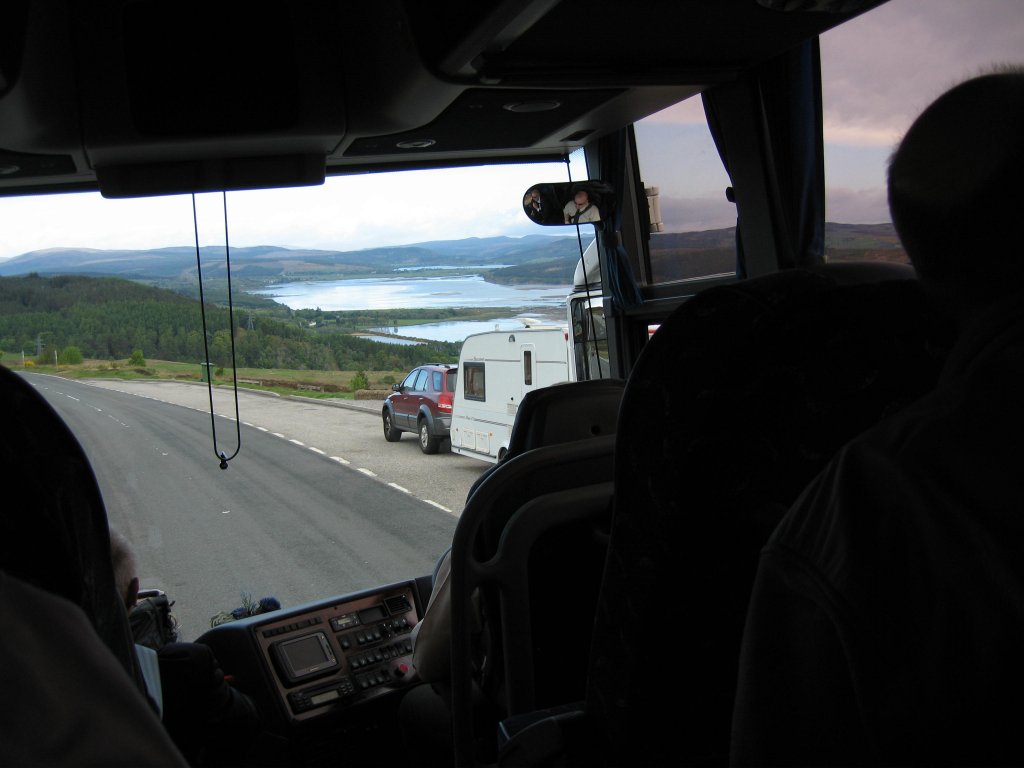

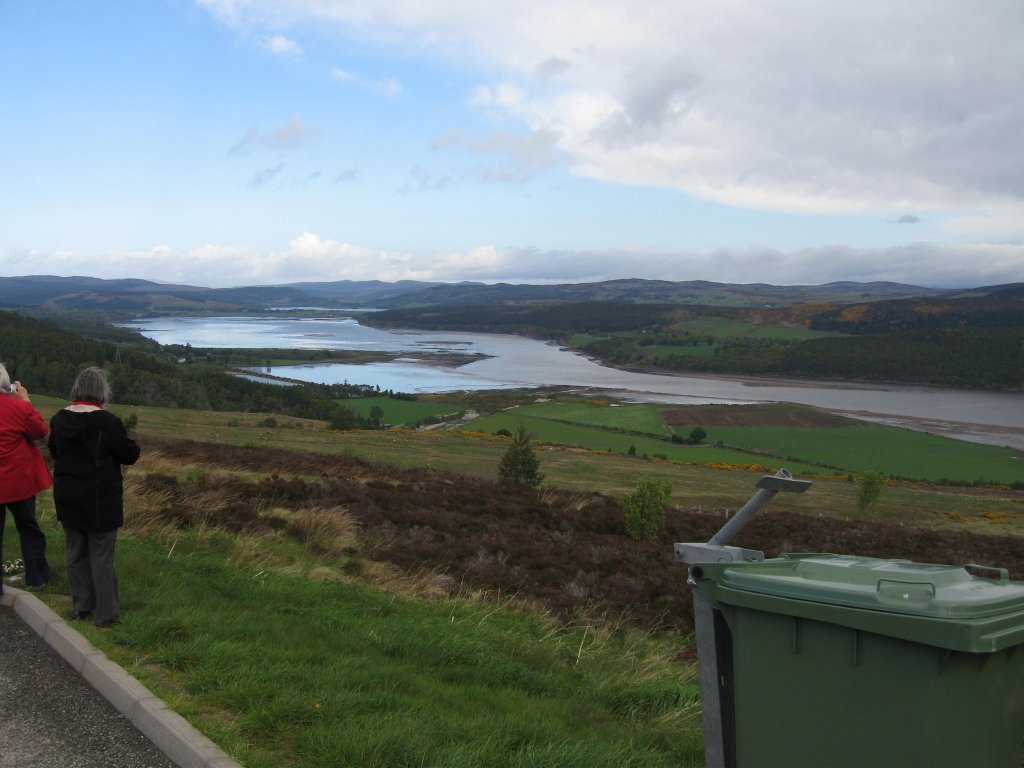

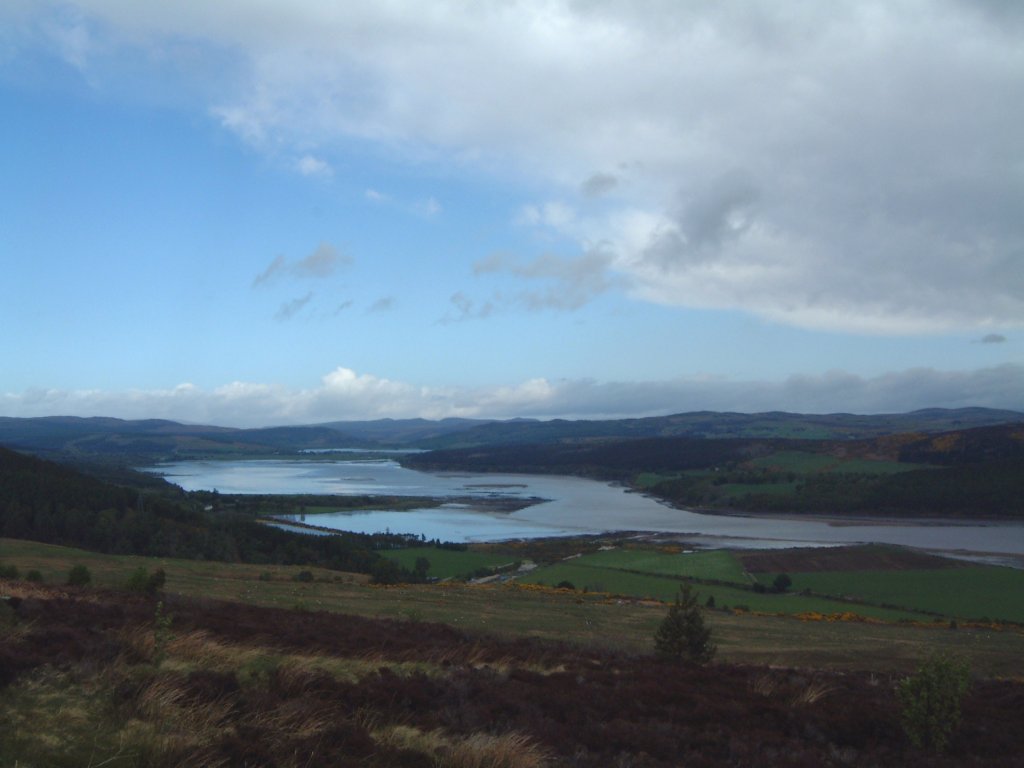
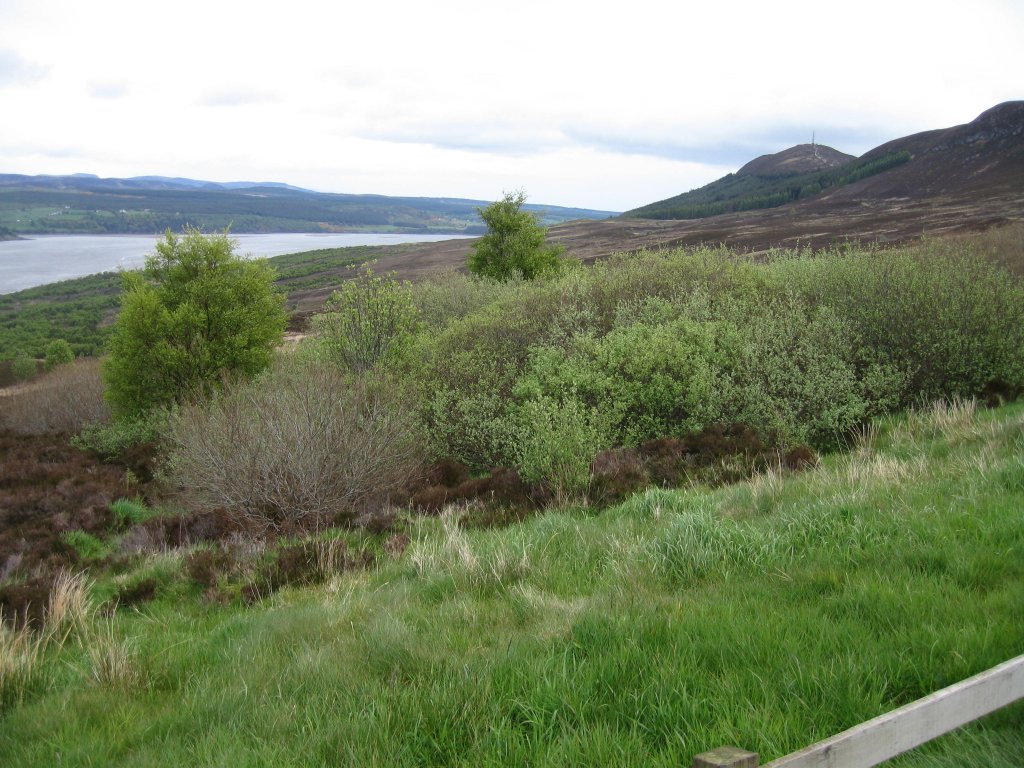

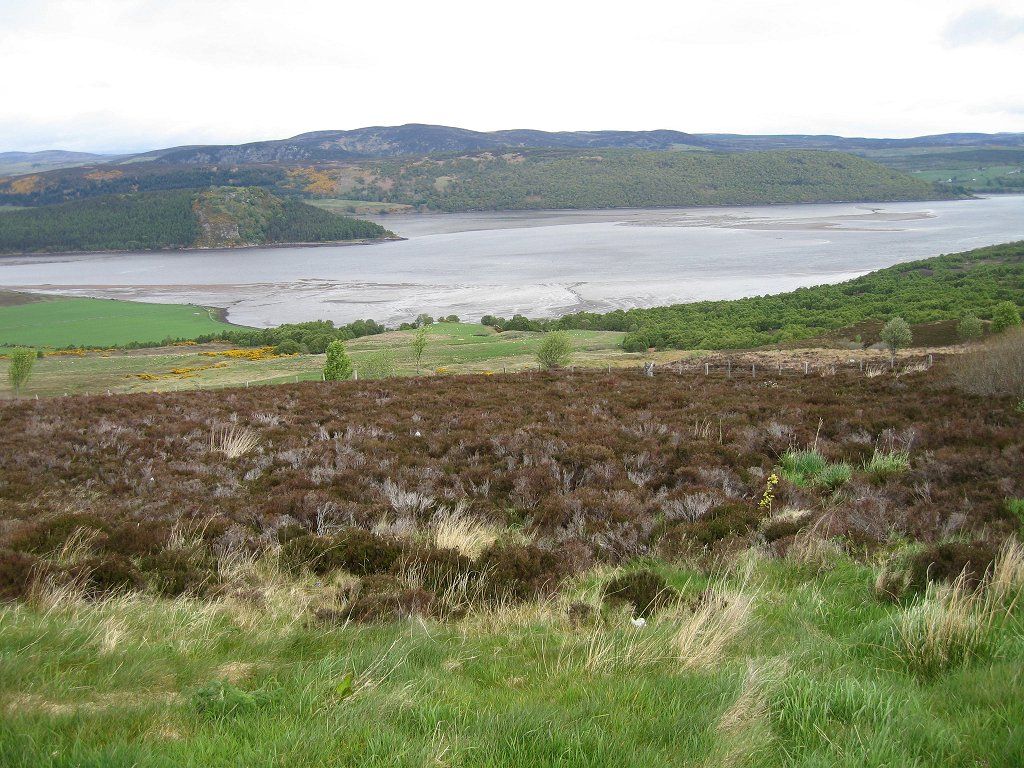

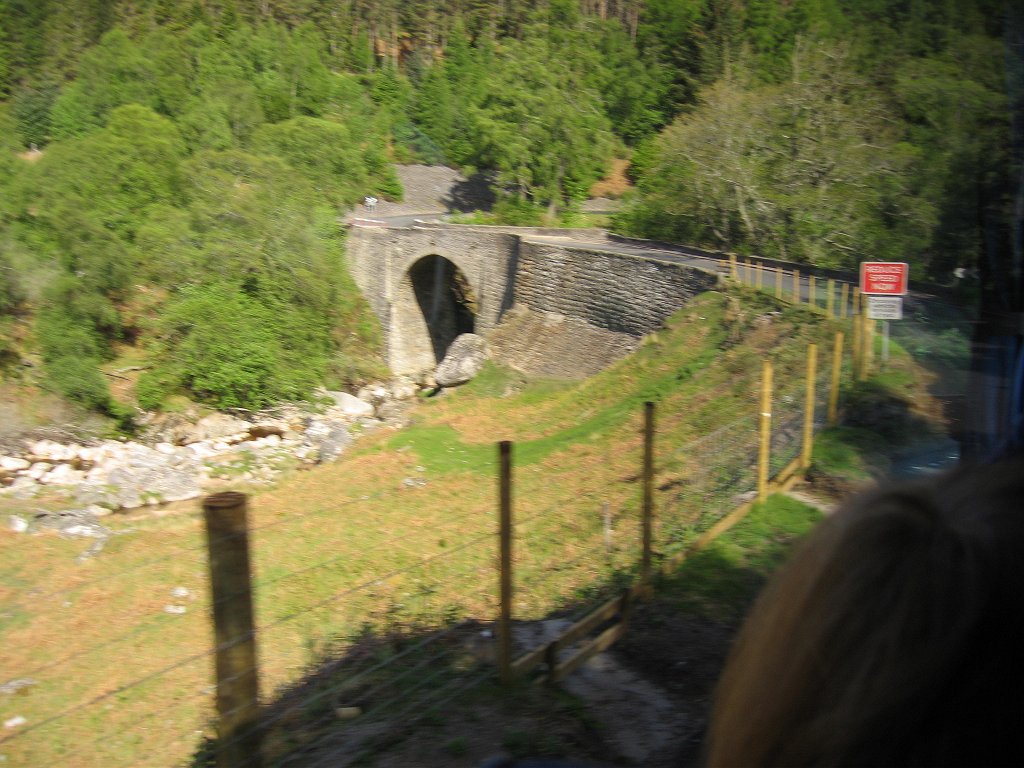
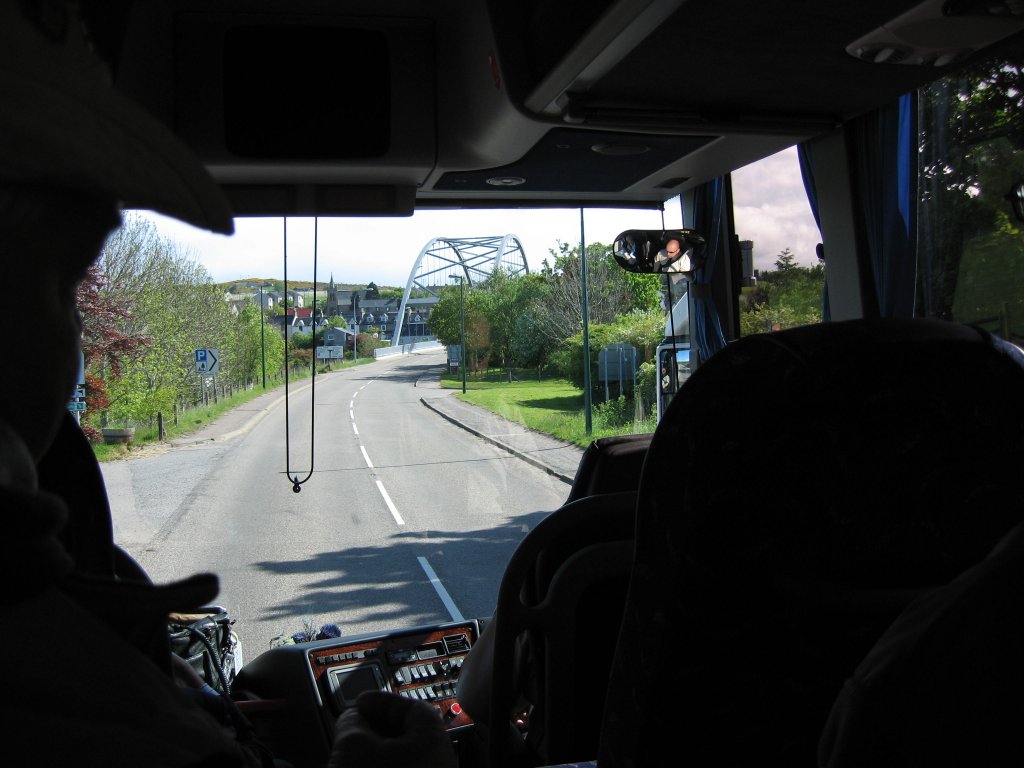

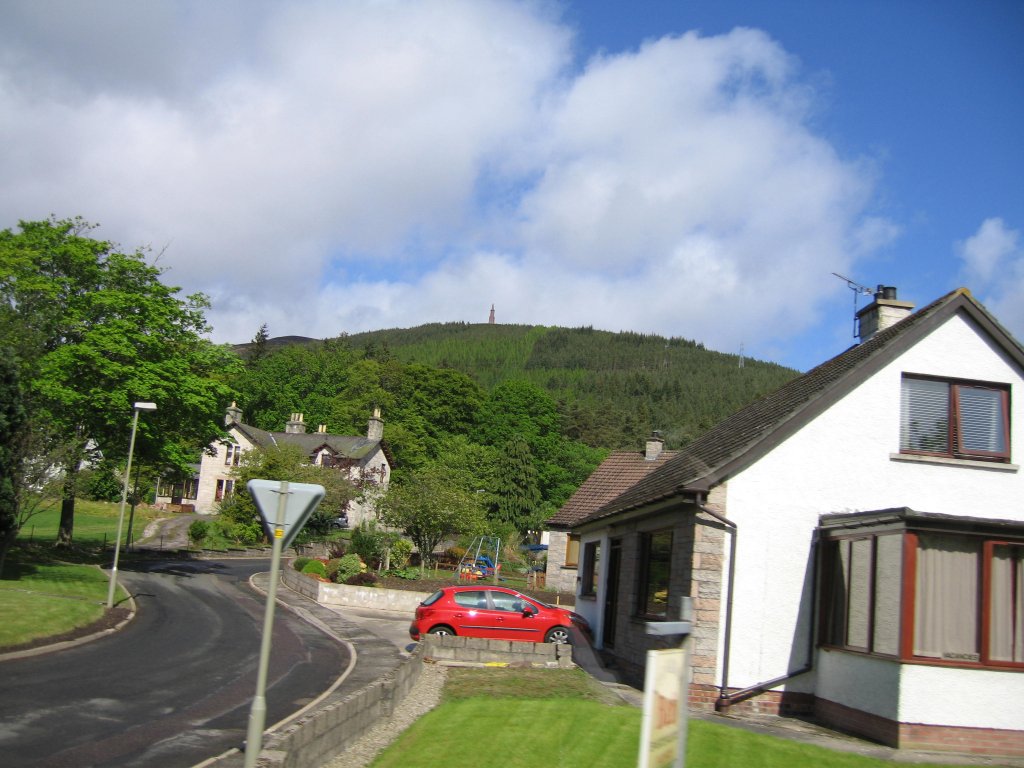

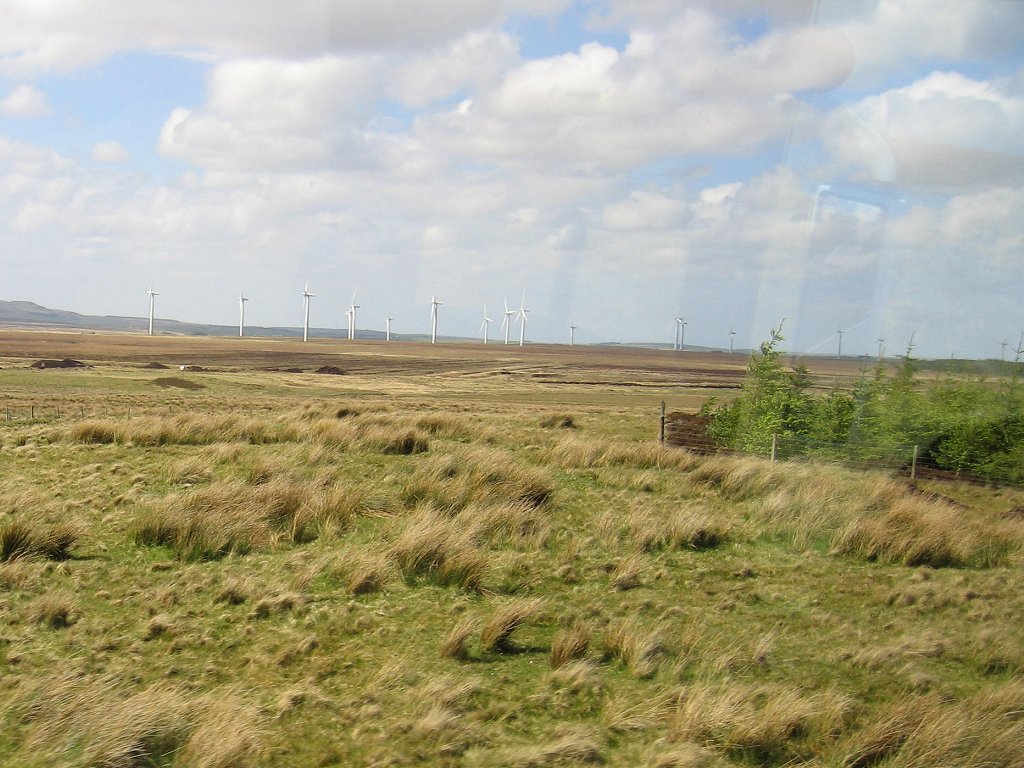
DUNROBIN CASTLE & GARDENS

Dunrobin Castle has a fairytale exterior and a chaotic interior, with a couple of exceptions (mainly paintings). The gardens are well-kept indeed.
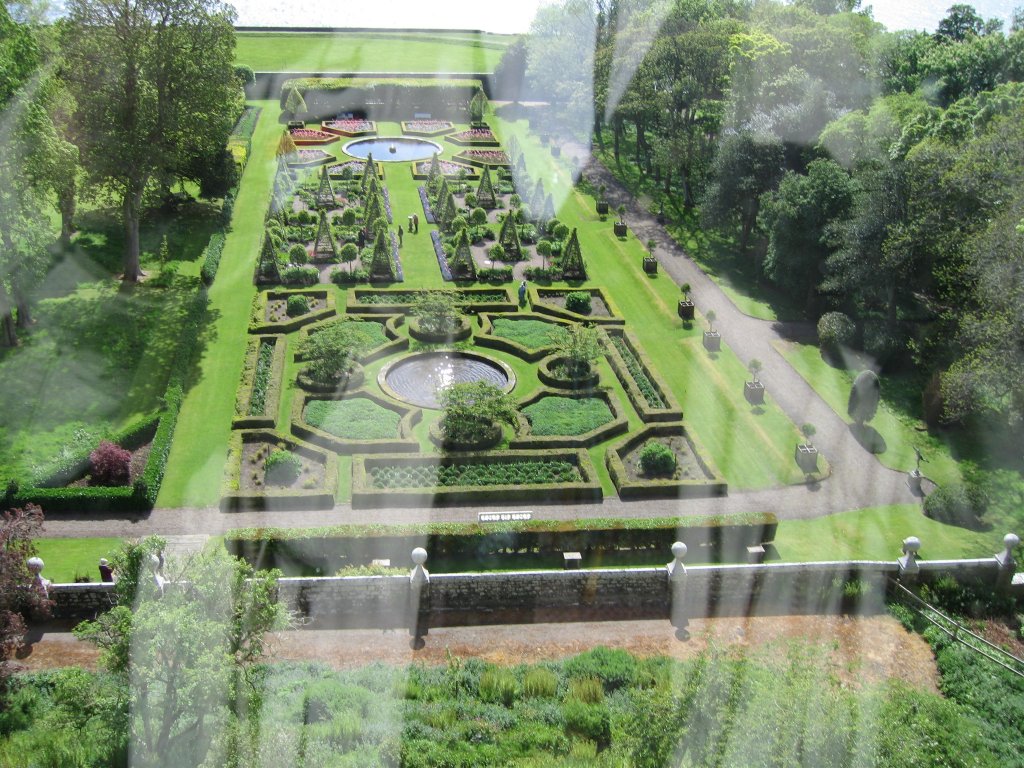

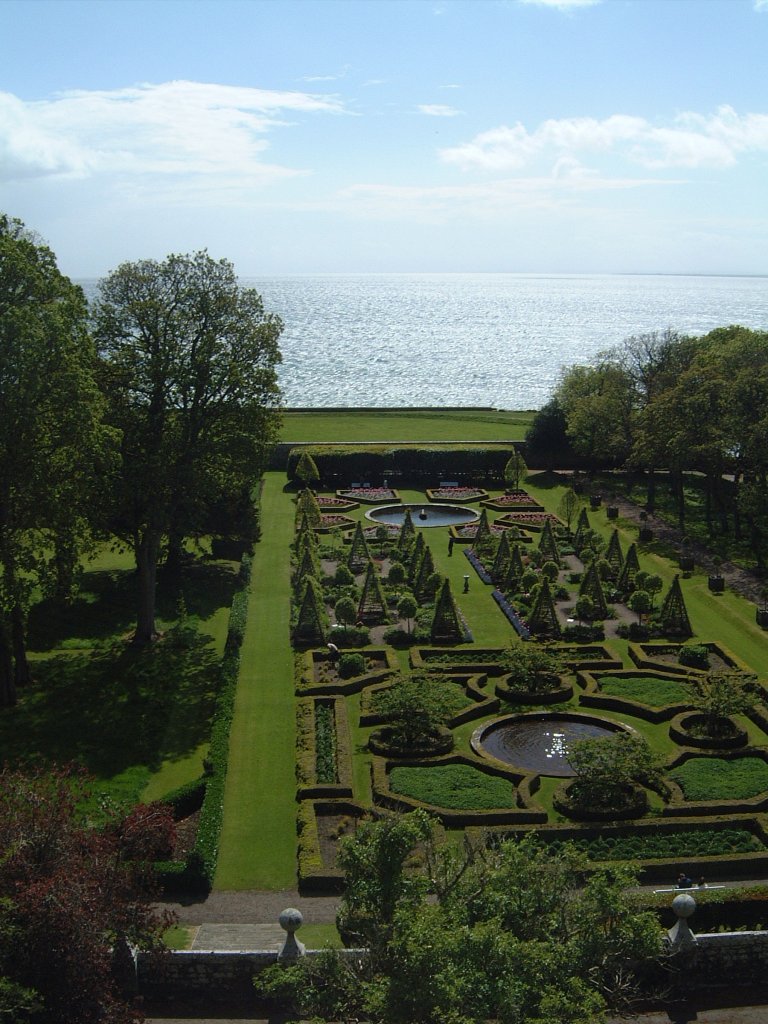

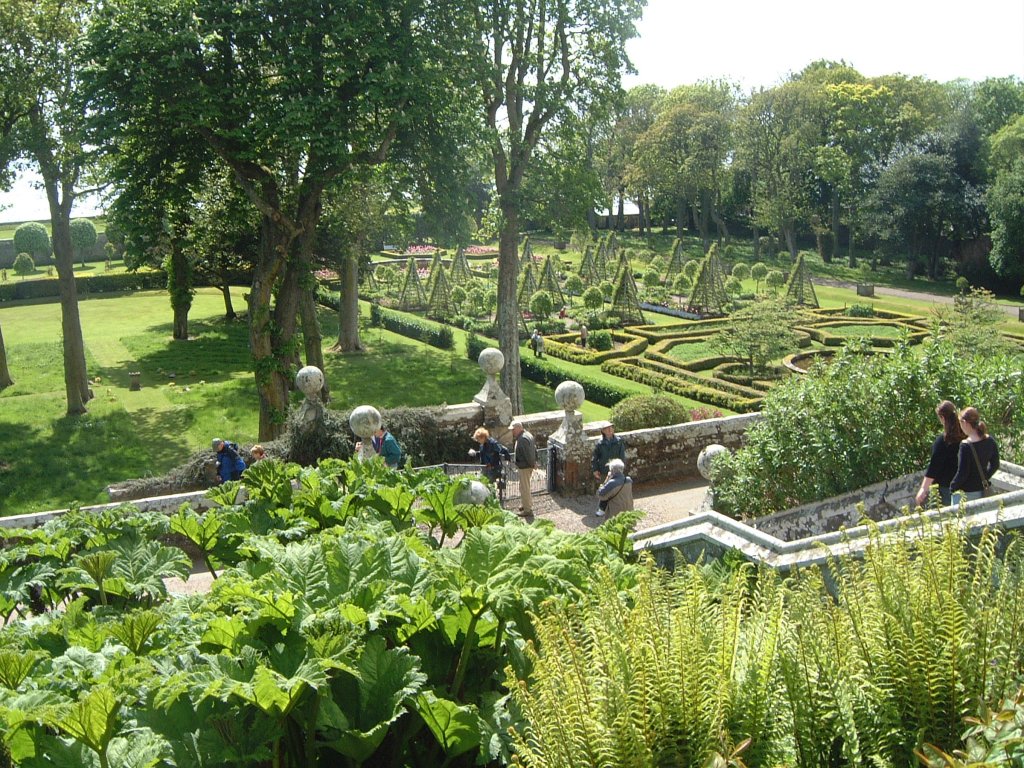


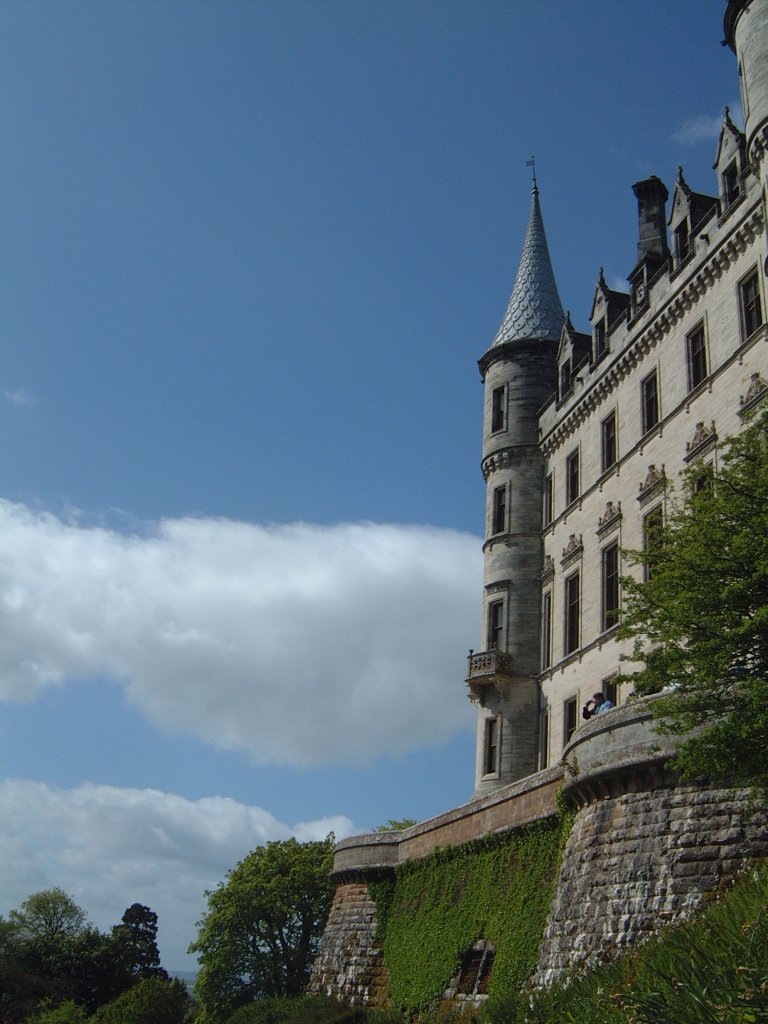

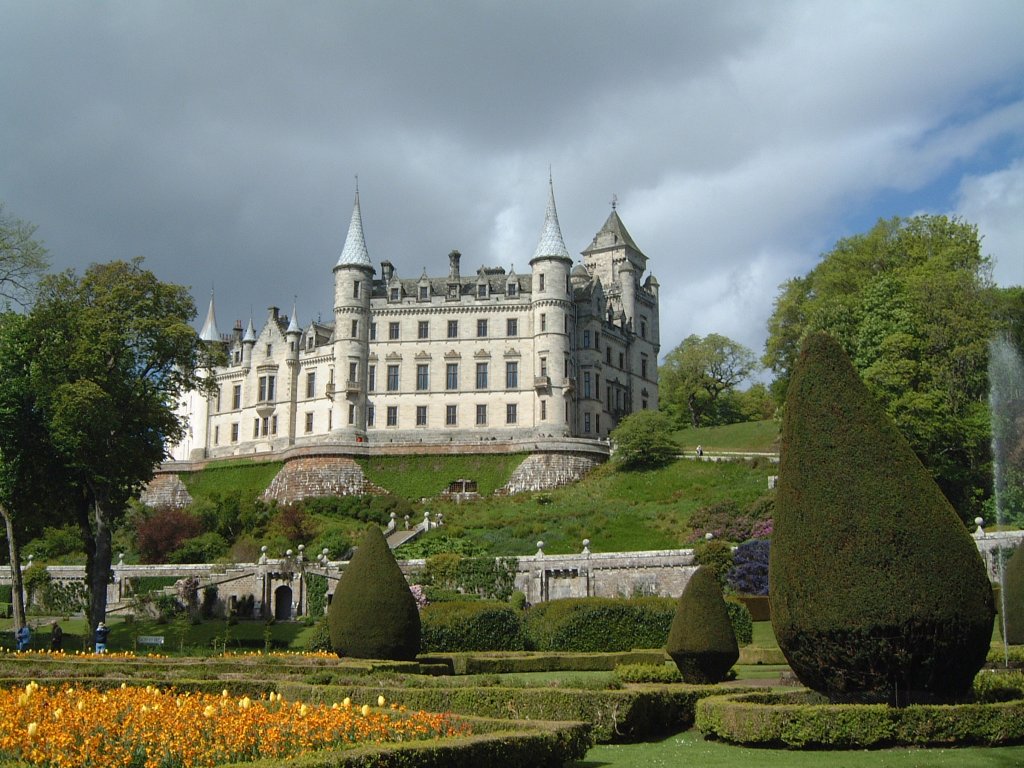
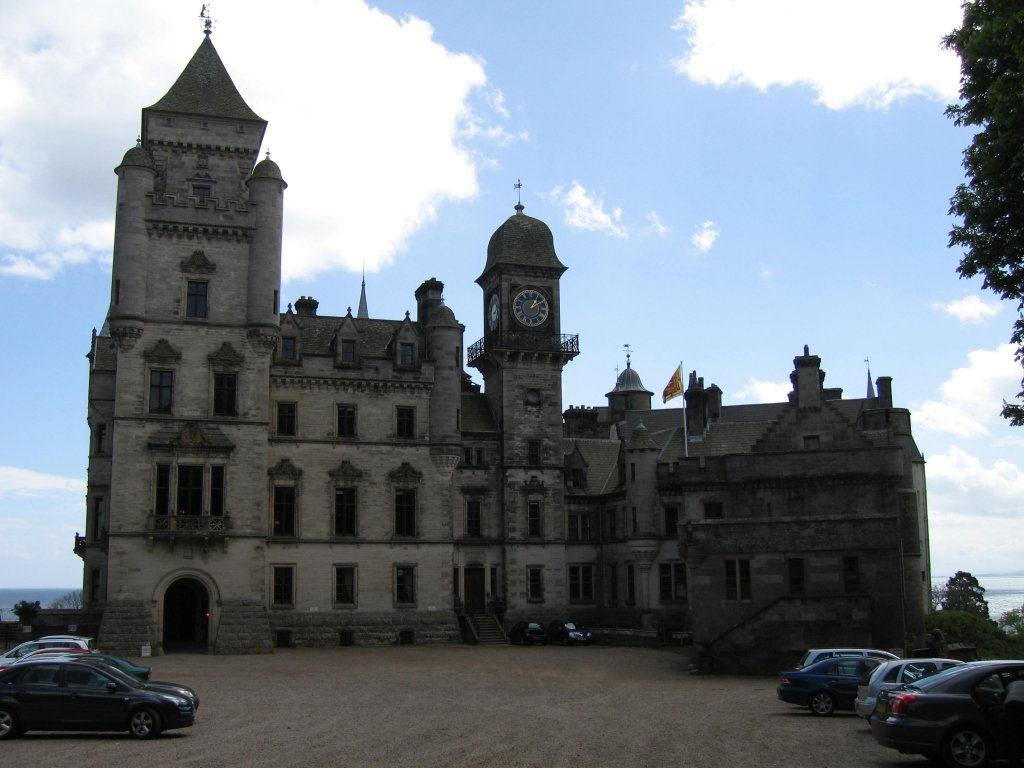
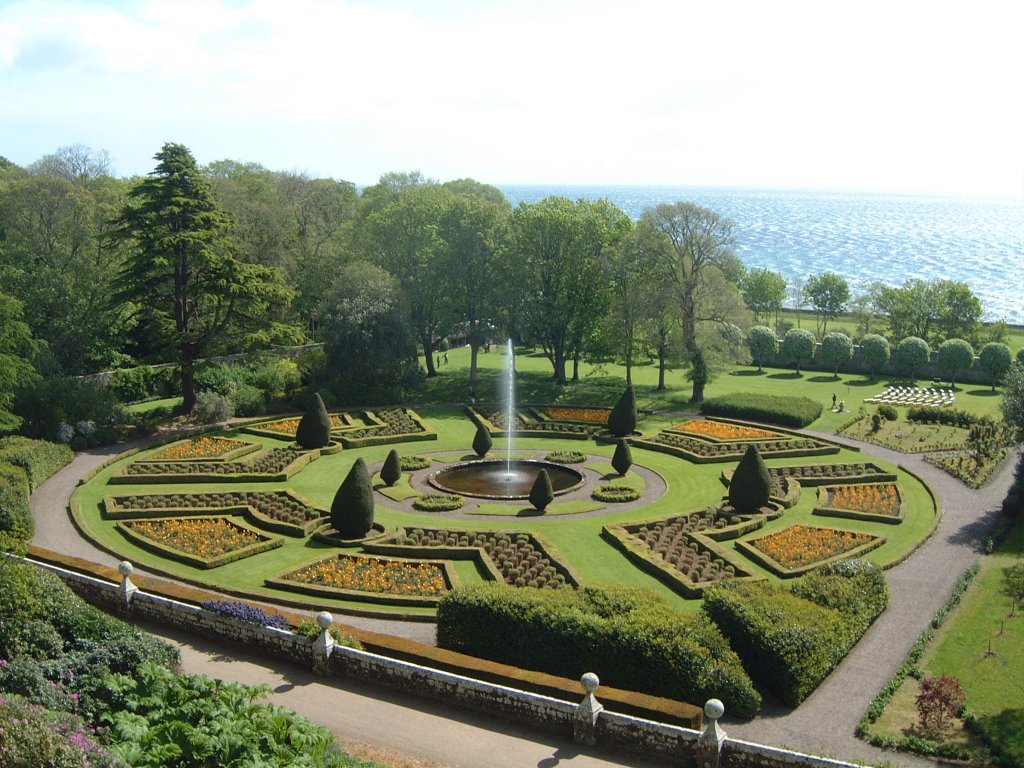

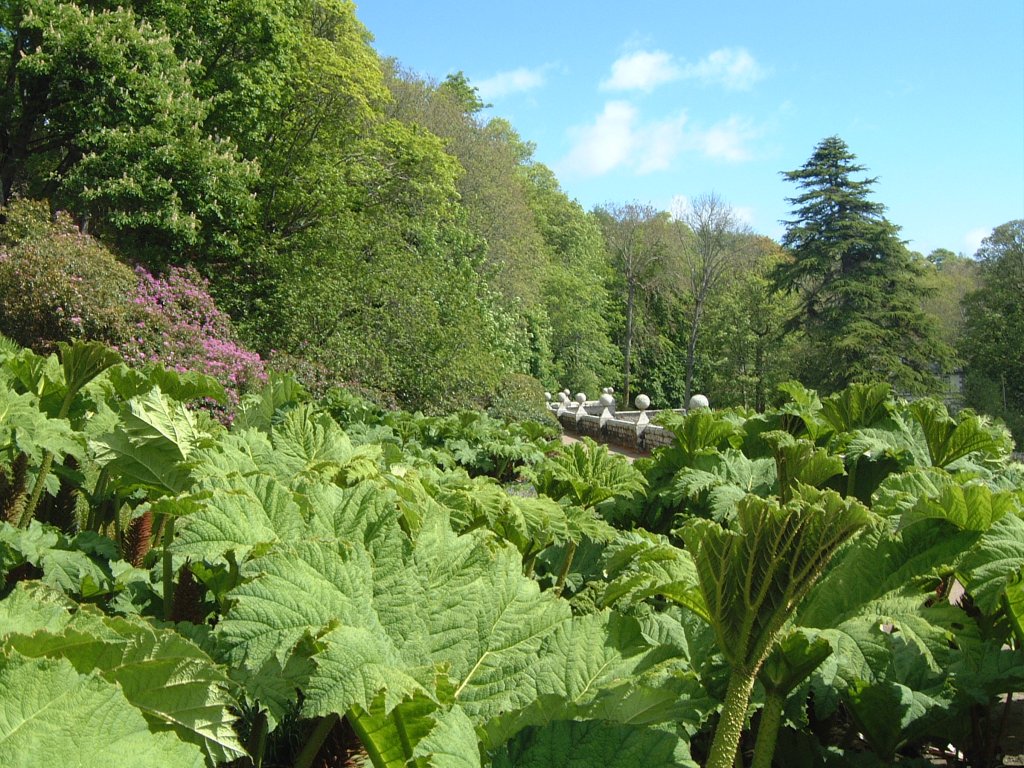
Dunrobin Museum

The museum is a separate building to the far left of the gardens. Like the castle, it contains a hodge-podge of items. Perhaps the over twenty Pictish Carved Stones are the exception. Doug includes a couple of impressionistic sketches here. With the Falconry Display about to begin at 11:00 AM, he departed through a gate leading down to the gardens.
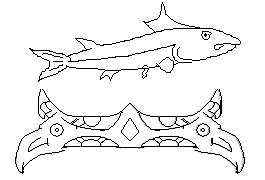
FALCONRY DISPLAY
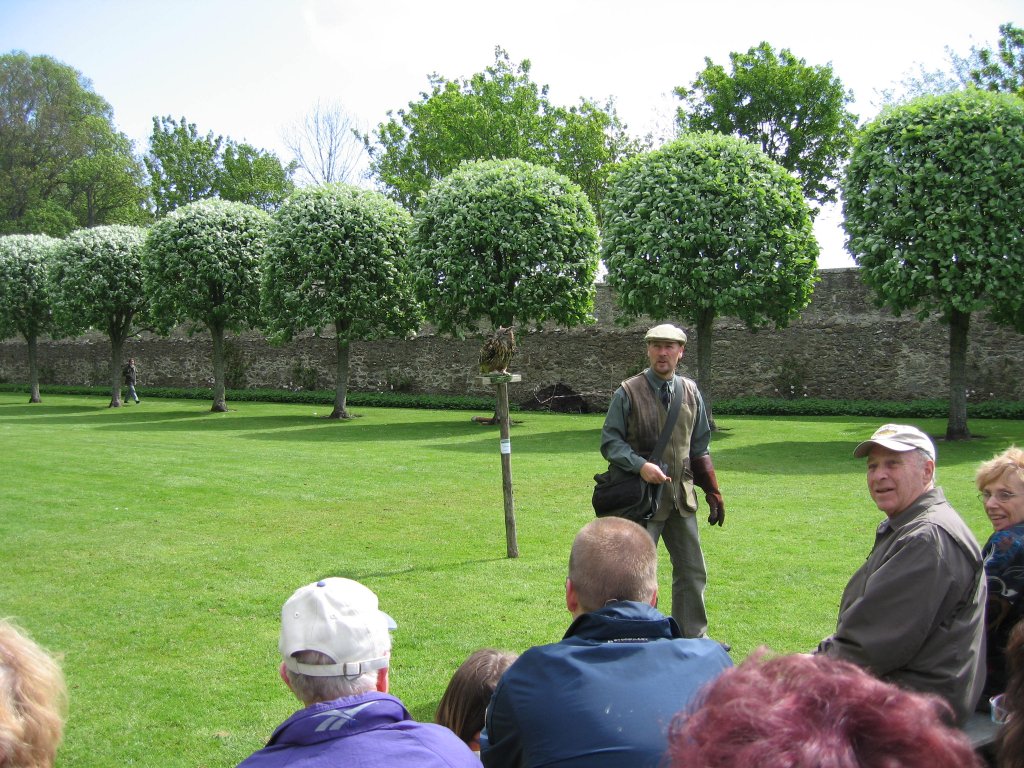

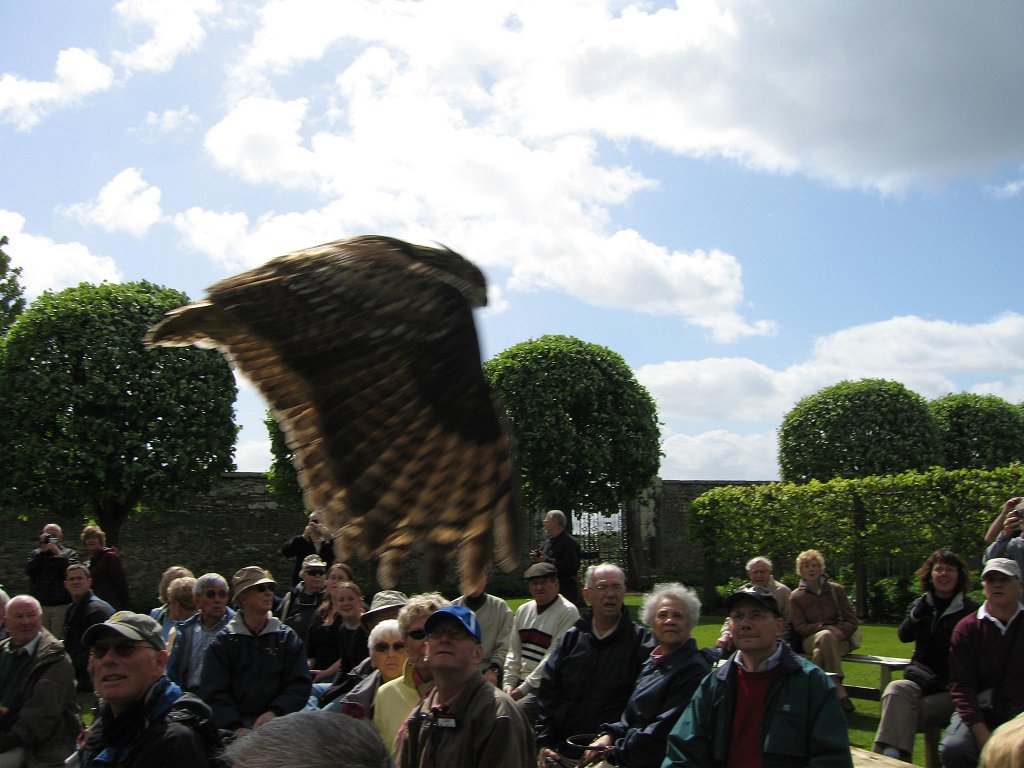

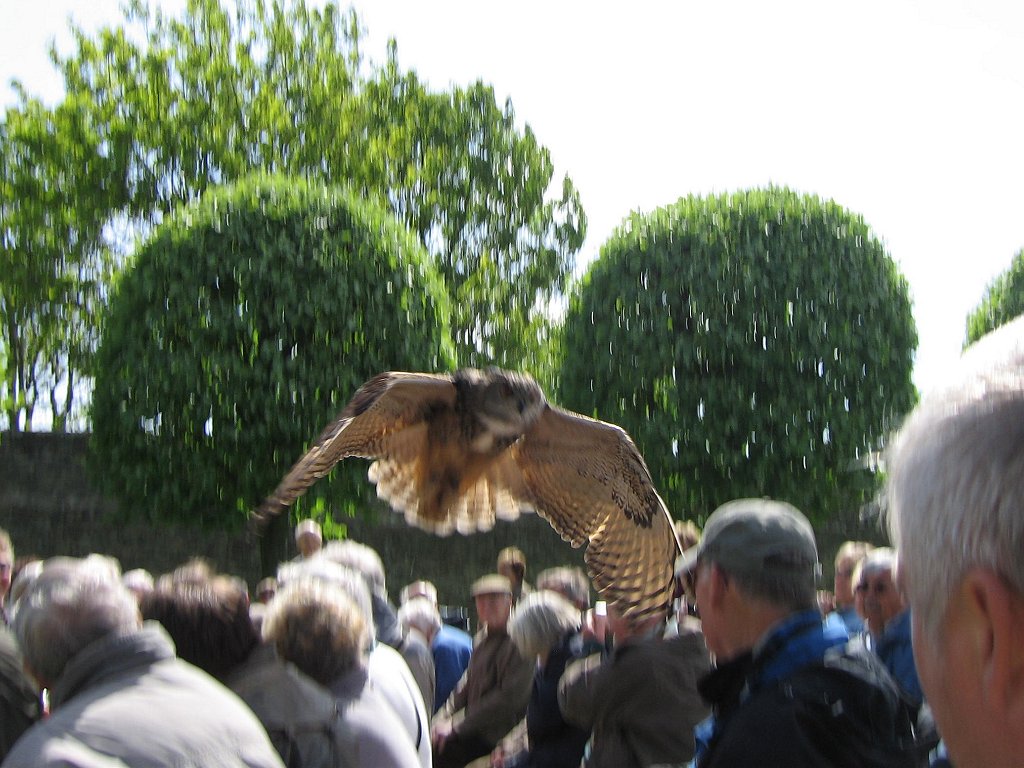
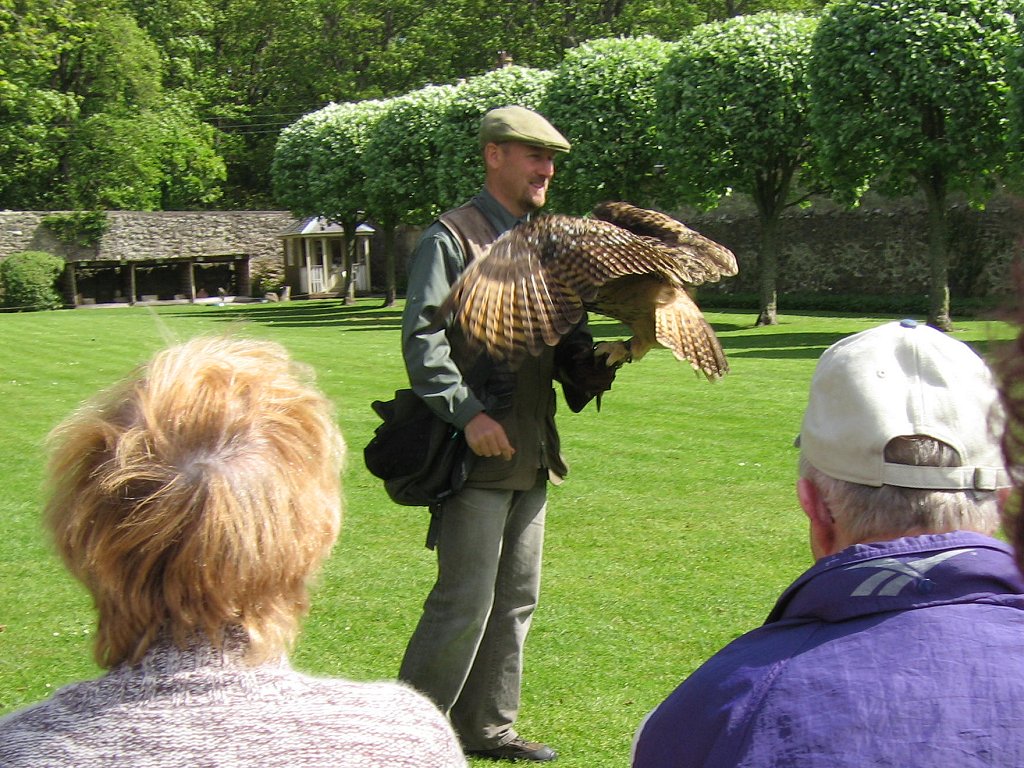

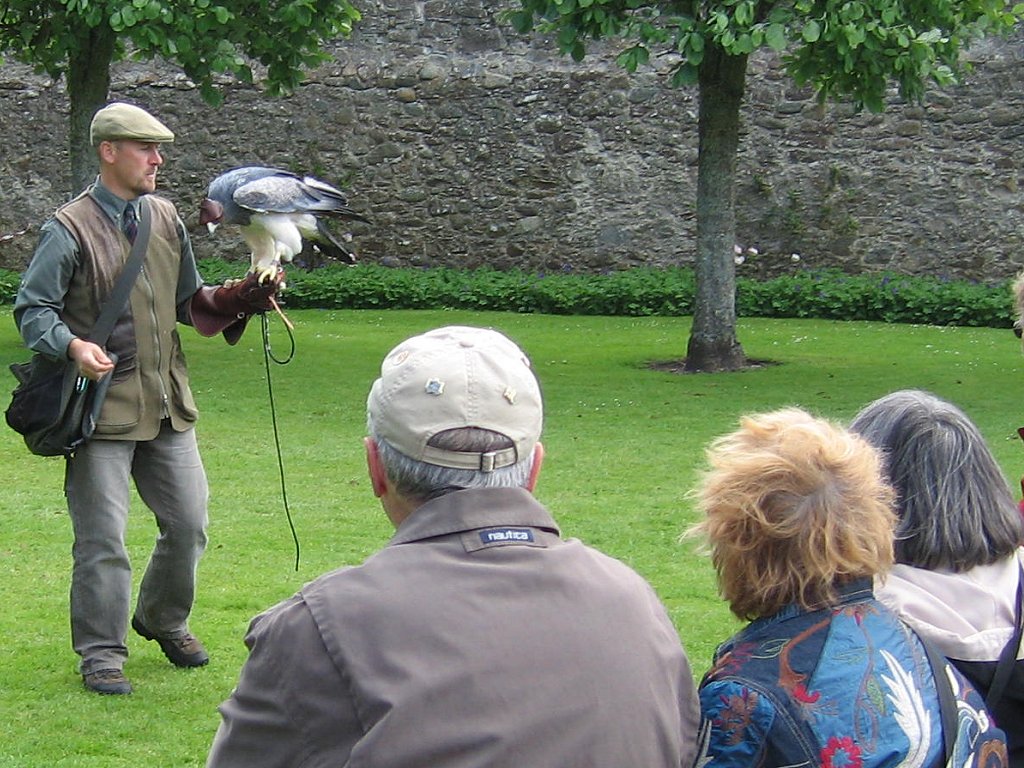
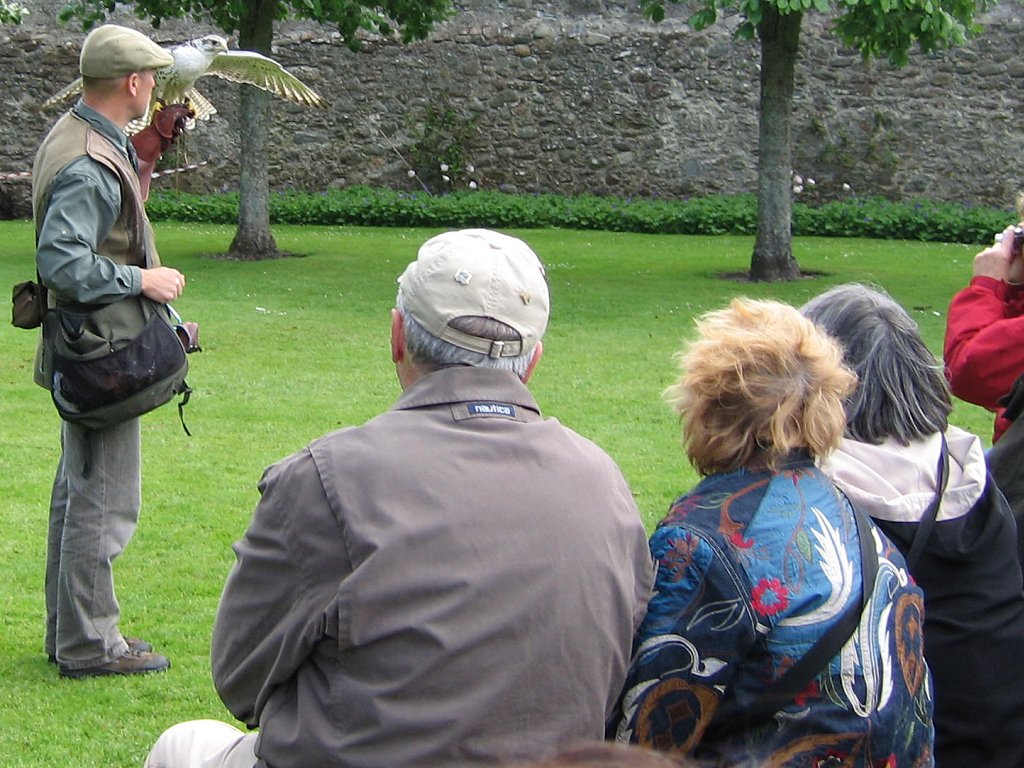

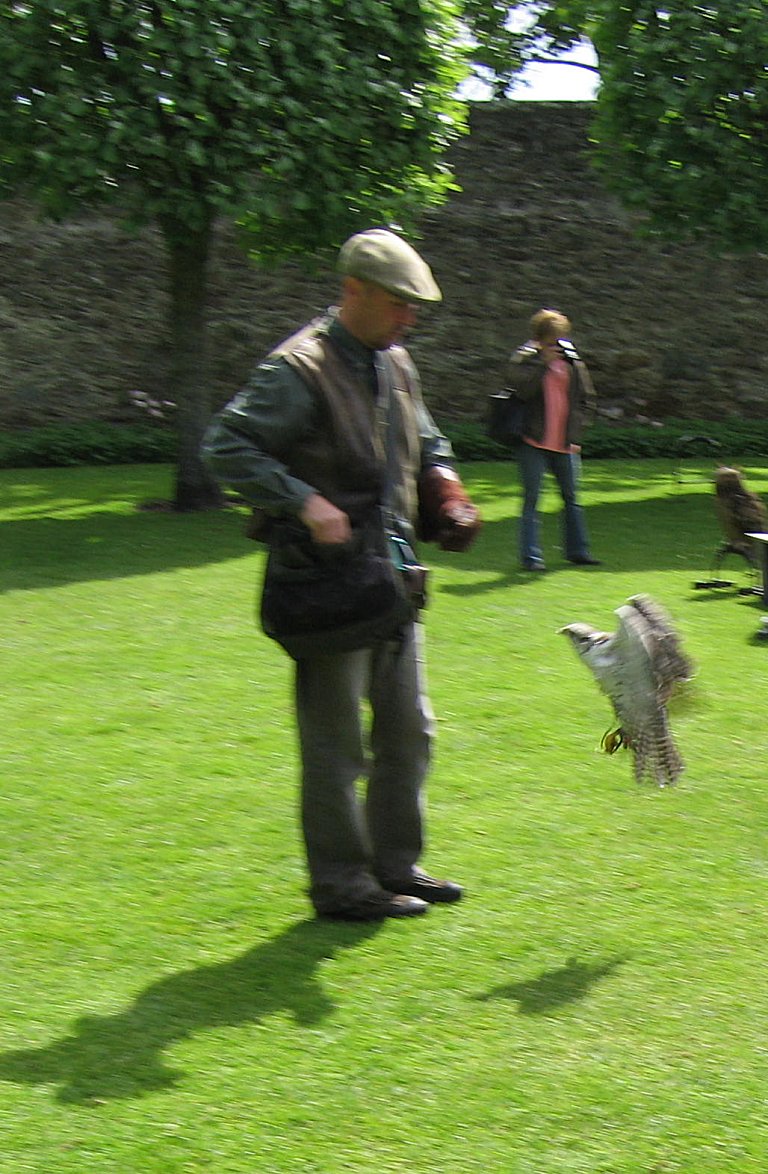

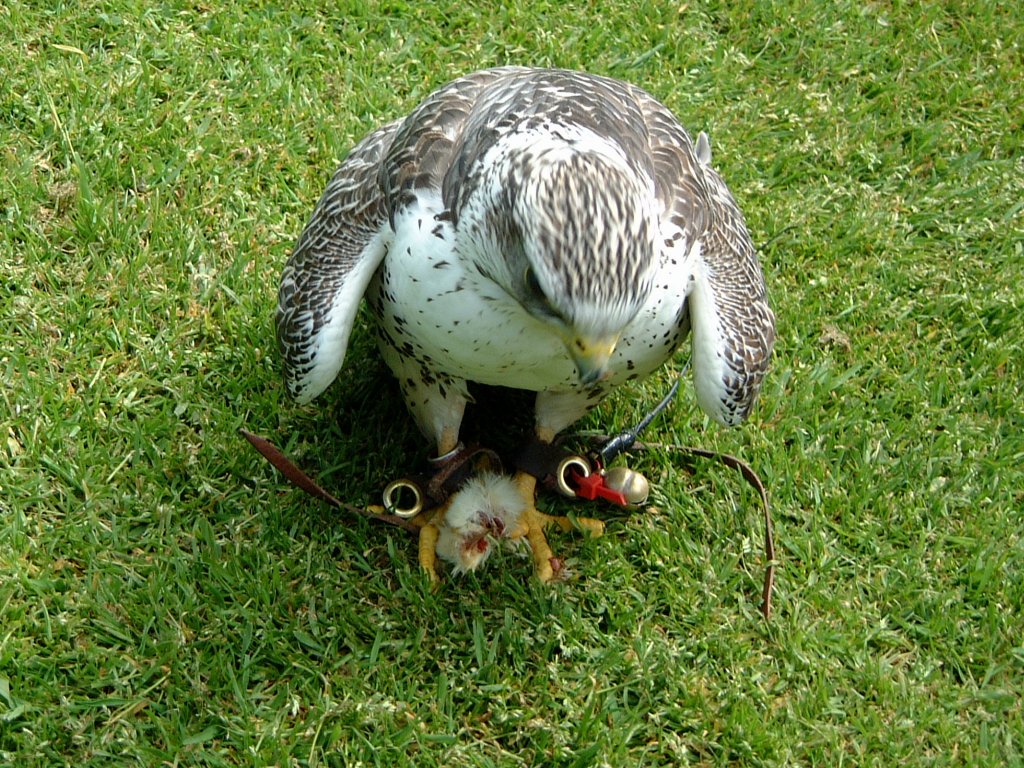
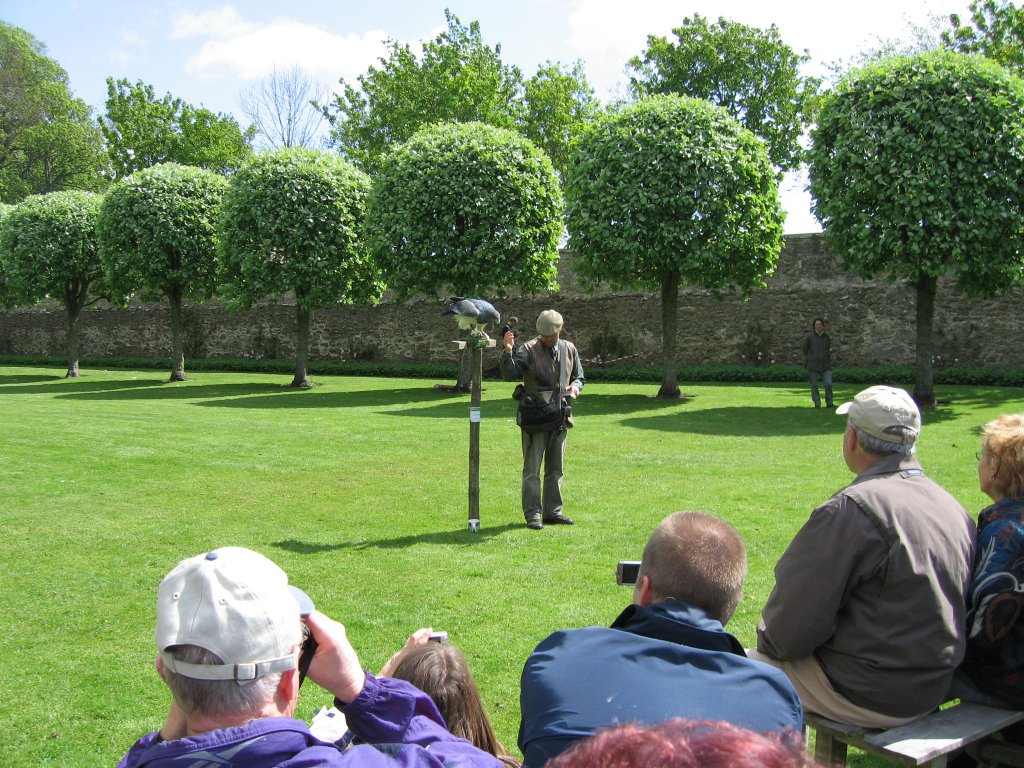

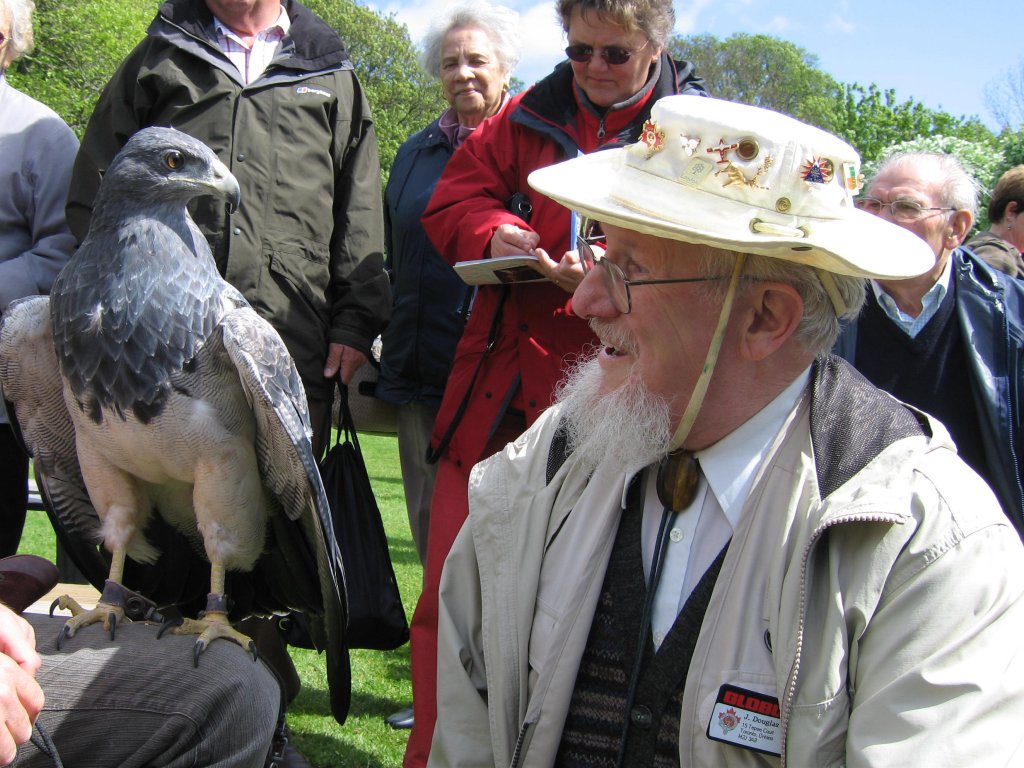

That particular blue eagle, Fig, has had an interesting history. Wherever this extraordinary eagle is on the Dunrobin sanctuary, that eagle always knows where the falconer, Andy Hughes, is located. There is a special bond. If you note part of the mesh under its left wing, that is part of the painstaking repair job which was done so that it could fly again. A few years before the turn of the millennium, Fig had been found abused and near death, the feathers on one of his wings shattered and ripped apart. Fig was delivered to the falconer at Dunrobin Castle. It was only through attaching the feathers of other birds to Fig's shafts that he was now able to soar with the other birds, stronger and wiser than before.That procedure must be repeated as needed . . . at least yearly.

After establishing a friendly contact with Fig, it was possible to communicate a special trust with him. He is truly a beautiful bird. Just respect those talons!
Please use the BACK button of your browser to return.